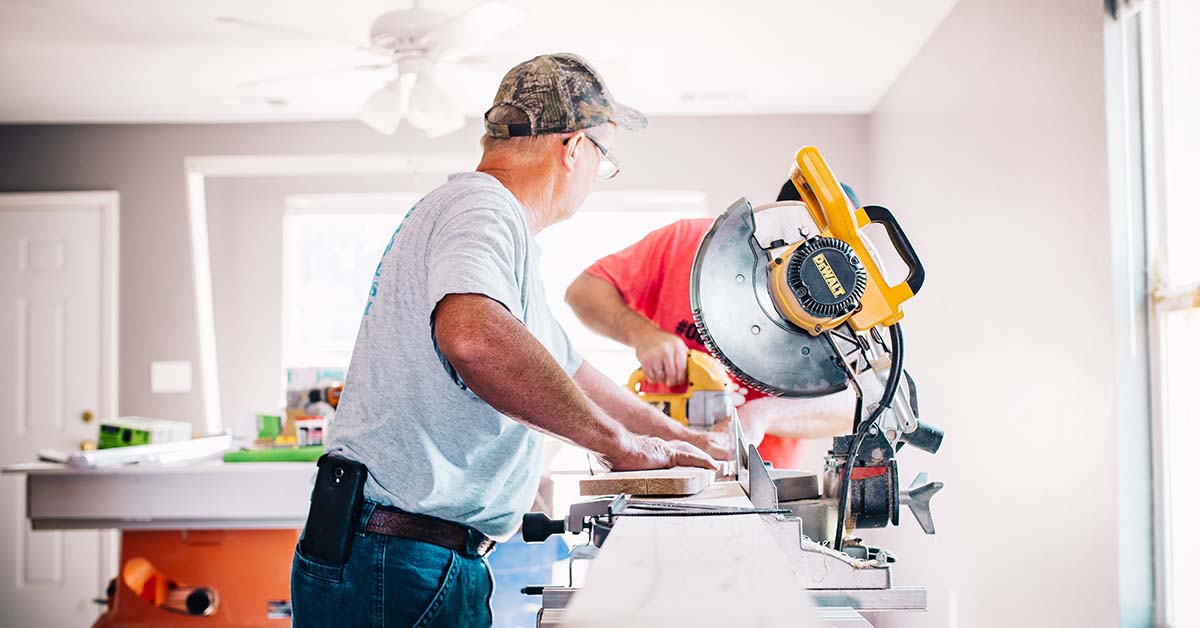Please fill out the details below to receive information on Blue Wealth Events
"*" indicates required fields

The question of whether an active or passive investment strategy is better is a perennial one—not only in real estate but also in equities and other asset markets. In property, an active strategy can take the form of renovations or flips. You could say flipping property (where you hold it for a short period before on-selling) is similar to share trading. However, the high transaction costs (such as stamp duty and agents fees) associated with buying and selling property usually make this an ineffective strategy. That’s before mentioning the 50% capital gains tax you’ll incur on any profit you manage to make.
Even in the equities market where the transaction costs are far lower, a passive buy and hold strategy works out better in the vast majority of cases. Not only from a tax perspective, but because it is extremely difficult to beat the market. Over a 15-year period, around 90% of actively managed investment funds failed to beat the market index. This is from Ivy League-educated portfolio managers from big investment banks who spend their whole workday trying to beat the market.
This brings us to renovating for profit, which is effectively the smallest form of property development. In the current market, anything less than a fairly new house with all the best fittings and fixtures doesn’t really sell for much more than land value no matter what you do to it. Let’s have a look at an example though.
Say you buy a property for $500,000 and decide to spend $30,000 in cosmetic renovations.
Purchase and renovation costs
Selling costs
Breakeven point
This means just to break even you would need to be able to sell the property for $87,415 more than the purchase price (or about 17.5% more than the purchase price not including any of your time involved). In the very unlikely scenario you can sell the property for $150,000 more than the purchase price, your before tax profit would be $62,585 or a 12.5% return.
During the lead up to a property boom, the market will exceed 12.5% routinely. In fact, house price growth in Sydney has exceeded that once every four years on average over the last 30 years without requiring passive investors to lift a finger.
While active investment strategies can be worthwhile at times, a passive investment strategy will offer a better risk adjusted return in the vast majority of cases. In our experience, investors are better off focusing on what they usually do for work and keeping their weekends free to spend with their family and friends.
